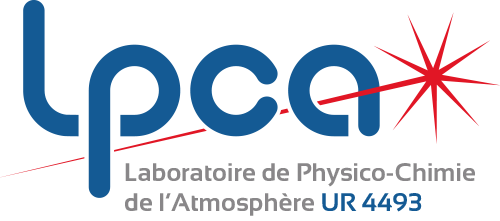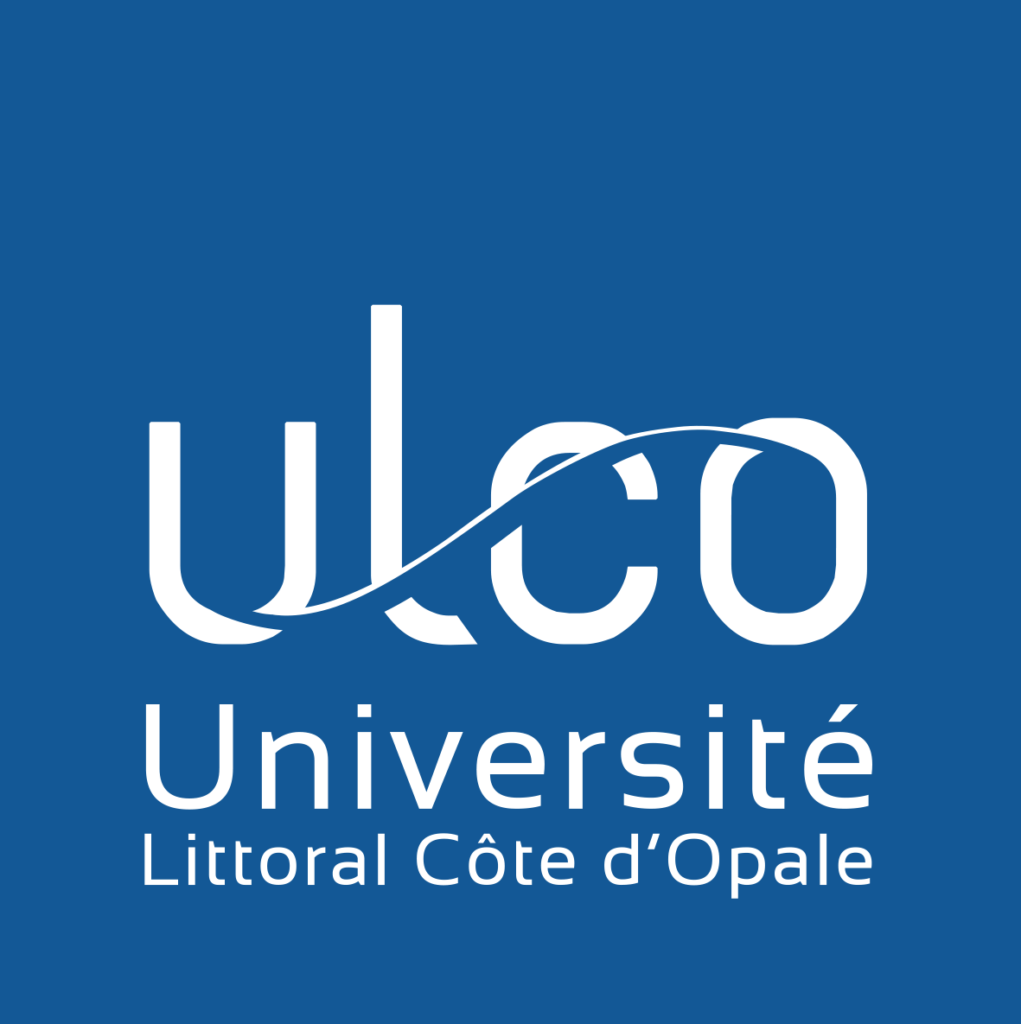ANR funded project, ID : ANR-15-CE29-0017, « Défi de tous les savoirs » (DS10) 2015
| ANR « OSCAR » News | ANR « OSCAR » private documents |
Original Sub-millimeter Chirped pulse instrumentation for Astrochemical Reactivity
The ultimate goal of gas-phase kinetics experiments is to characterize the reactive process under investigation in the fullest possible sense, through the precise determination of its reaction rate and the quantitative detection of products and intermediates over as wide a temperature range as possible. In particular, the study of chemical reactivity at low temperature is an area which has attracted considerable attention in recent years. The improving sensitivity and spatial resolution of modern telescopes continue to allow an ever increasing number of complex molecules to be identified in astronomical environments which were previously thought to be bereft of all but the most simple species. The study of how molecules form and evolve at such low temperatures is the primary objective of astrochemistry. Significant advances have been made in this field over the last few decades through the application of sophisticated techniques allowing low temperatures to be reached whilst maintaining appreciable concentrations of reactive species in the gas-phase. In this way, chemical reactivity can be investigated at temperatures which are directly relevant for astrochemical environments. Whilst the measurement of reaction rates for simple bimolecular reactions over a wide temperature range is relatively straightforward in the present day and age, the same cannot be said of studies targeting product formation. Such measurements are very rare indeed at low temperature due the distinct lack of a suitable universal method allowing multiple product species to be followed simultaneously in a quantitative manner.
To address this issue we propose to combine state-of-the-art methods in rotational spectroscopy and low temperature chemical reactivity, whilst developing in parallel a prototype instrument for future spectroscopic applications at higher frequencies. The project can be organized into 3 main scientific aims.
1) The development and validation of a broadband high resolution electronic spectrometer in the sub-millimeter wavelength range (SMM) to investigate the rotational spectroscopy of a wide range of radicals and stable molecules.
This instrument will be conceived with its future application to gas-phase spectroscopy and low temperature reactivity in mind. Its initial performance will be enhanced through the rotational spectroscopy of stable molecules. Its capabilities will be tested through the detection of photochemically produced radical species at ambient temperatures.
2) The deployment of the SMM instrument on a state of the art flow reactor capable of attaining low temperatures whilst avoiding problems associated with condensation and wall reactions.
The application of the SMM instrument to the study of low temperature reactivity will be validated initially by the low temperature spectroscopy of stable species in the flow reactor, before demonstrating the power of this combined method through spectroscopic studies of cluster formation. Finally, we will use the combined instrument to study chemical reactivity at low temperature, simultaneously following the formation of (multiple) reaction products and reagent loss for specific test reactions over a wide temperature range.
3) The development and the validation of a ground-breaking spectrometer using optoelectronic conversions to overcome the limitations of purely electronic devices.
While maintaining the high spectral resolution of the all-electronic instrument, the optoelectronic spectrometer will also present a much higher instantaneous bandwidth and a better continuous tunability along with the potential to work at much higher frequencies. Consequently, a wider range of molecular species could be investigated in a shorter time.

